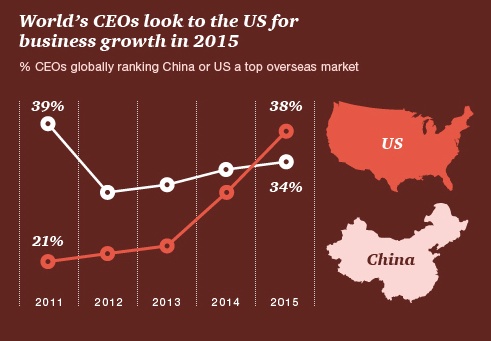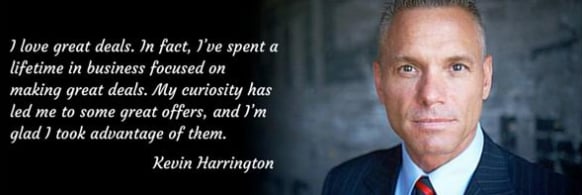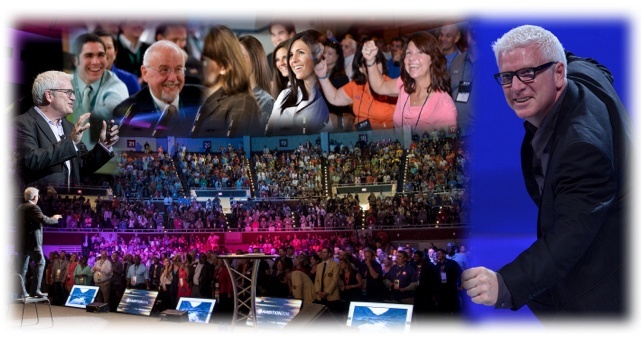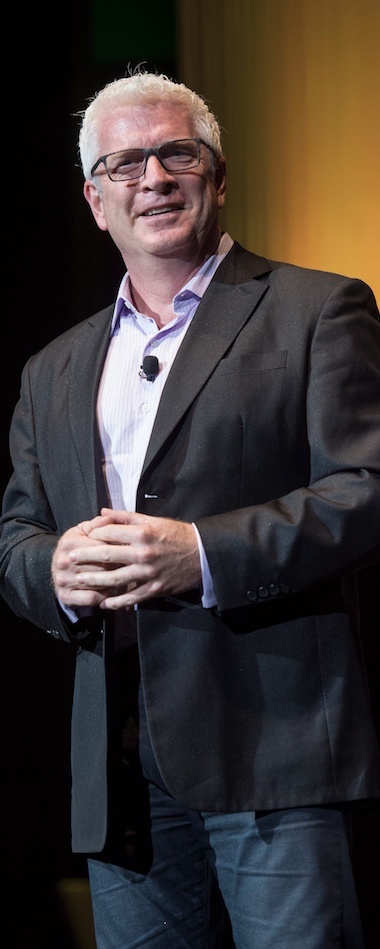Let's test your knowledge regarding speakers bureaus of today.

1. Bureau agents push certain speakers to get a higher commissions. FALSE. Speakers bureau agents are passionate about a long-term relationship with their clients. Yes, commissions are an incentive, but repeat commissions are a higher motivator. Bureau agents are entirely motivated by a happy client first and getting their commission from the speaker's fee second. (Note: Booking a speaker direct or through a speakers bureau is the same speaker fee.)
2. Bureau agents are influenced by speaker promotions. FALSE. During every holiday period, Speaker Bureaus are flooded with cookies and treats from speakers. When a speaker's calendar is slow, a speakers bureau gets a promotional present. None of these typical promotional tactics work. The worst advertising a bureau can make is the wrong fit for their clients. A bureau agent will always drive towards the best fit, with our without the delicious cookies.
3. Meeting planners who directly book a keynote speaker can get a lower fee than a bureau agent. FALSE. Speakers know they are likely to only speak for a client once but can work with a bureau agent multiples of times. A speaker will go where his or her incentive is the highest. Bureau agents are much better negotiators with speakers than a single meeting planner.
4. If I know of the keynote speaker I want to work with, it is faster to go direct to the speaker. TRUE. Sure, if you know exactly whom you want, then a quick Google search can land you that speaker's contact information. But, beware! Every speaker bureau agent on the planet has dozens of stories regarding clients who didn't listen to them. In these examples, the speaker selection turned out to be a disaster for one reason or another. If you are 100% comfortable making a speaker selection without a professional opinion, then go for it.
5. My time is limited; page one of Google is as far as I have time to search for a speaker. This is good enough. FALSE. Page one is where the best marketing people land, not necessarily the best speakers. Over time you will learn this the hard way. Check out each of their videos and you will eventually learn that good SEO abilities do not equal a quality keynote speaker. This can be a huge time waster. Use your favorite speakers bureau to save time, money and stress.
6. Speakers bureaus push their favorite speakers. TRUE. They recommend whom they know will represent you and their bureau the best way possible. If there is a perfect-fit keynote speaker they have not heard of before, the agent will go to great lengths to vet that speaker. Zero speaker bureau agents want to have a bad speaker fit.
7. Speakers bureaus compete with search engines like Google and Bing. TRUE. Pre-Internet, speaker bureaus used to be necessary booking agencies for speakers and meeting planners. Today, bureaus compete against the Internet for mind share of people who book speakers. Speakers bureaus have responded by adding more value with solution selling, niche or speakers rosters and personal, boutique style services. The Internet is to scissors, what speakers bureaus are to a free hair salon. Sure you can cut your own hair but wouldn't it be better for you to have a true professional do it at no charge?
8. It is easier to contact the speaker direct than going through a speakers bureau. FALSE. First, the bureau agent not only has a relationship with the speaker but also the gatekeeper. Second, there is cloud-based software, such as eSpeakers, which helps a bureau agent instantly know available dates or key information. Third, if you are loyal to your speakers bureau, you will get the loyalty back in spades. If a bureau agent does all sorts of work for you and you call the speaker direct, the agent will basically move on (hurt feelings and all) and spend time on clients who stay faithful.
9. The size of a speakers bureau is directly proportionate to the quality of the speaker selection. TRUE and FALSE. TRUE if you are working with a fairly new speaker bureau agent. When a meeting planner calls a newbie, the rookie agent will brainstorm with more experienced agents in the larger office. FALSE because size does not matter with an experienced agent. A seasoned bureau agent with years of experience has all the tools necessary to find you the perfect keynote speaker for your needs.
10. This article was written by a biased speakers bureau agent. FALSE. In fact, I'm a speaker. Like any other keynote speaker, it is nice to get paid more from direct bookings over paying the bureau fee. But the bureau agent has a broader perspective on the speaker talent pool and knows the best fit for you. In the end, I've never been the wrong fit for an event, and I wouldn't want yours to be the first. Excellent speakers partner with bureaus to serve clients.
If you have a speakers bureau agent you love working with, none of the above will be a huge surprise to you. If you are looking for speakers bureau who will meet your needs, a good place to start are referrals from fellow meeting professionals, production companies and speakers or check out the International Association of Speakers Bureaus and Agents for a vetted and trusted list.
About the Author: Vince Poscente is the CEO of the Big Goals Fast Institute, NY Times bestselling author and Olympian with 20 years experience as a keynote speaker representing dozens of speakers bureaus and over 1,200 organizations worldwide.
 Intuit's leaders could have sought innovation through focus groups, testing, R & D teams, outside hired guns. Yet they brought together a team of five to come up with a what is one of Intuit's many profitable products. It did it by allowing this initial group of five to be on an "Island of Freedom." They had the license to create and build like the culture of a start-up company.
Intuit's leaders could have sought innovation through focus groups, testing, R & D teams, outside hired guns. Yet they brought together a team of five to come up with a what is one of Intuit's many profitable products. It did it by allowing this initial group of five to be on an "Island of Freedom." They had the license to create and build like the culture of a start-up company.











 1st, Weakness Does Not Equal Honesty. There is a barrier to vulnerability if honesty takes a back seat to practicality. Executives giving a keynote clearly have a nerve-racking job. He or she has one chance to deliver the goods. But, robotically delivering a speech through a teleprompter is worse then a temporary mess up here or there. Honest, extemporaneous thought underpinning a well-crafted speech demonstrates a trusted leader. Just look at politicians who deliver a speech on a teleprompter and compare your gut-feel when that same politician is interviewed one on one. There is a genuine honesty that can be revealed when the mechanics are taken away.
1st, Weakness Does Not Equal Honesty. There is a barrier to vulnerability if honesty takes a back seat to practicality. Executives giving a keynote clearly have a nerve-racking job. He or she has one chance to deliver the goods. But, robotically delivering a speech through a teleprompter is worse then a temporary mess up here or there. Honest, extemporaneous thought underpinning a well-crafted speech demonstrates a trusted leader. Just look at politicians who deliver a speech on a teleprompter and compare your gut-feel when that same politician is interviewed one on one. There is a genuine honesty that can be revealed when the mechanics are taken away.


 We speakers love our hotel partners; with one exception. We can't say the same about the guy who sets up the chairs. Time and again, the conference room is set up the same. Huuuuuuuuge middle aisle. Laser beam straight rows. An acre of property between the front row and the stage. Before your speaker even hits the stage, the energy in the room is compromised.
We speakers love our hotel partners; with one exception. We can't say the same about the guy who sets up the chairs. Time and again, the conference room is set up the same. Huuuuuuuuge middle aisle. Laser beam straight rows. An acre of property between the front row and the stage. Before your speaker even hits the stage, the energy in the room is compromised.  There is no exact seating design that works for every room, but generally follow these three rules.
There is no exact seating design that works for every room, but generally follow these three rules.




